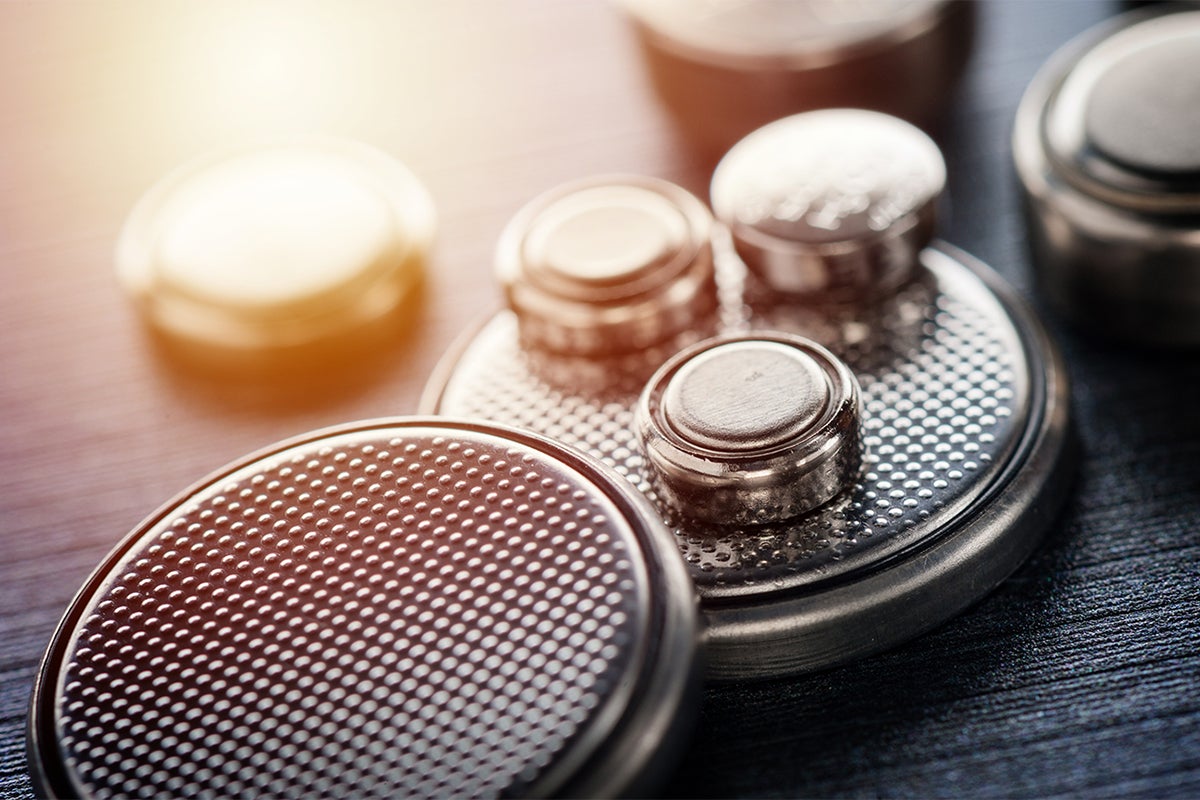A University of Central Florida researcher and his team have developed a new manufacturing method to improve lithium batteries and allow them to work safely at extreme temperatures that range from -4 to 104 degrees.
The method was published recently in a study in the journal Advanced Energy Materials.
The work is a continuation of research by UCF nanoscientist Yang Yang to improve battery technology. Batteries power many of today’s devices and offer a zero-emission alternative to combustion engines in vehicles.
“The technique is revolutionary and game-changing,” says Yang, an assistant professor in UCF’s NanoScience Technology Center and Department of Materials Science and Engineering.
Often lithium batteries face extreme temperatures in almost everyday occurrences, such as operating an electric car or personal electronic device during a cold winter or hot summer.
“Sometimes when you use or charge your cell phone, the phone batteries are at a higher temperature than room temperature, which will degrade the battery life or even bring burning and explosion safety issues,” Yang says. “Current commercial lithium batteries cannot withstand extreme high and low temperatures.”
In the study, Yang and his research team demonstrate a technique to scalably produce nanomaterials that work like a car bumper inside the battery to protect its internal integrity, thus extending the battery’s lifespan.
This bumper protects the materials used in lithium batteries from becoming explosive if the batteries are damaged or exposed to extreme temperatures. The bumper also protects the batteries from the normal wear and tear that occurs from the chemical reactions inside that produce energy.
“We spent more than one year to develop this new material for the ultra-safe lithium battery,” Yang says. “We are very excited to see the battery now can be run at different temperature extremes without any safety issues.”
Yang says the techniques used in the design are unique and reflect his lab’s goals to develop innovative and low-cost ways of manufacturing new materials for electrochemical reactions.
He says his lab has conceptualized ways to scale-up manufacturing of the bumpers for commercialization, and, if there is financial support, they could be available in one to two years.
Study co-authors were Licheng Ju, Guanzhi Wang, and Kun Liang with UCF’s Nanoscience Technology Center and Department of Materials Science and Engineering; Maoyu Wang and Zhenxing Feng with the School of Chemical, Biological and Environmental Engineering with Oregon State University; and George E. Sterbinsky with Argonne National Laboratory.
The research was funded by the National Science Foundation.
Yang holds joint appointments in UCF’s NanoScience Technology Center and the Department of Materials Science and Engineering. He is a member of UCF’s Renewable Energy and Chemical Transformation Cluster. Before joining UCF in 2015, he was a postdoctoral fellow at Rice University and an Alexander von Humboldt Fellow at the University of Erlangen-Nuremberg in Germany. He received his doctorate in materials science from Tsinghua University in China.




